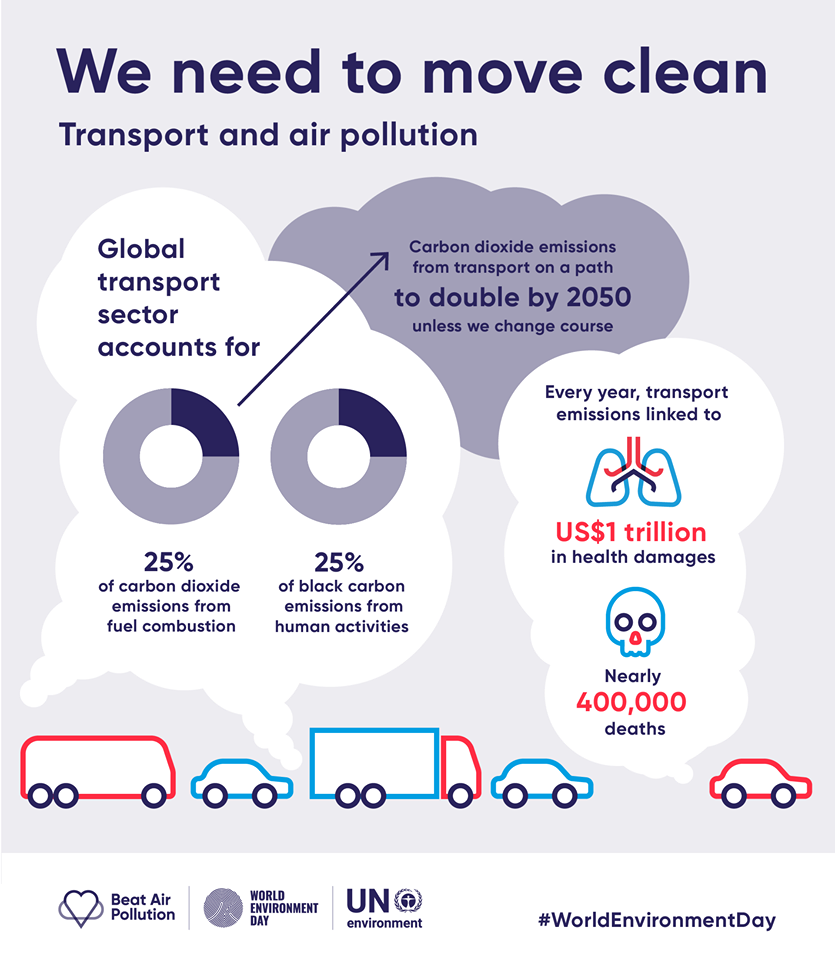World Environment Day: What We Can Do to Combat Indoor and Outdoor Air Pollution
by SLCgreen intern Linda Derhak

Since 1974, June 5th has been a day for global action to protect the environment. Celebrated in over 100 countries, the UN’s World Environment Day raises awareness on urgent issues such as plastic pollution, sustainable consumption, wildlife crime, and climate change. The day empowers people around the world to create change as individuals and communities. This year’s host country, China, is bringing attention to a pressing global crisis: air pollution.
Global air pollution is worsening. According to the UN, 9 out of 10 people breathe in polluted air and it causes 7 million premature deaths a year. China is leading a charge against air pollution, and countries world-wide are helping make sure people have access to clean air.
Here in Utah, we have our own struggles with air quality — mainly with seasonal issues such as PM2.5 pollution in the winter and ozone pollution in the summer. Across the Beehive State, air pollution leads to increased illness. Salt Lake City and other communities statewide are working to improve air quality and the State’s Department of Air Quality has led many efforts over the years to reduce pollution.
But more is needed.
In honor of #WorldEnviornmentDay and the goal to #BeatAirPollution, here are some easy ways we can all be part of the effort to improve indoor and outdoor air quality.










